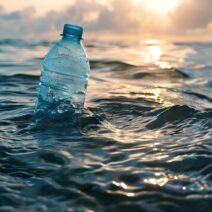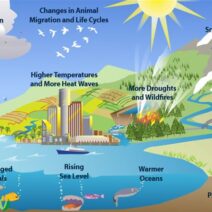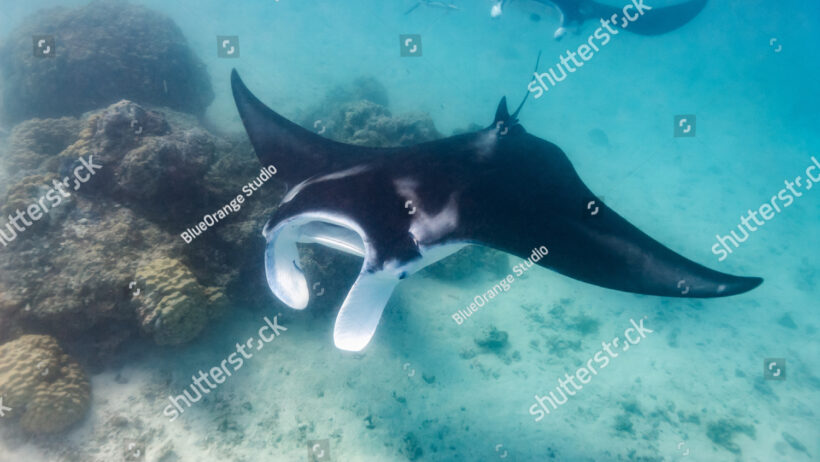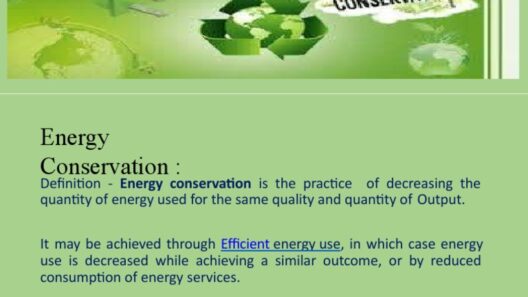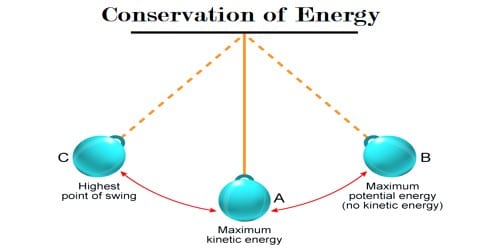The manta ray, often referred to as the “butterfly of the sea,” exemplifies the exquisite elegance of nature’s design. These magnificent creatures glide effortlessly through the ocean, captivating observers with their graceful movements. In an age where energy conservation and sustainability are paramount, one has to wonder: how is the manta ray designed to conserve energy while navigating the vast and often turbulent seas? This inquiry not only sparks curiosity but also highlights the intricate adaptations that allow these creatures to thrive in their environment. However, as we delve into the mechanics of their energy-efficient swimming, we confront a challenge—understanding how such biological efficiencies can inform our own approaches to sustainability.
To understand the manta ray’s energy conservation strategies, one must first appreciate its anatomical structure. Manta rays possess a flattened, disc-shaped body that reduces hydrodynamic resistance. This unique morphology allows them to glide through the water with minimal effort. Their broad pectoral fins, which can span up to 29 feet in some species, also contribute to their efficiency. These fins not only assist in propulsion but also act as stabilizers, allowing for smooth, controlled movements. The combination of their body shape and fin structure minimizes drag, enabling them to utilize their energy judiciously as they traverse their oceanic domain.
Additionally, manta rays exhibit a behavior known as passive swimming. By orienting themselves in a way that capitalizes on ocean currents, they can effectively reduce the energy expenditure involved in locomotion. This technique highlights a remarkable adaptation—harnessing natural resources, akin to how humans might use wind energy or solar power to reduce reliance on fossil fuels. For manta rays, this method of swimming not only conserves energy but also aids in foraging since they can graze on plankton-rich waters with minimal effort.
Moreover, manta rays’ feeding strategy is an effective testament to their energy-efficient lifestyle. These creatures are filter feeders, employing a unique method called “suction feeding.” They open their mouths wide and swim forward, allowing water to flow through their gills, where food particles are filtered out. This mechanism not only provides nourishment but does so without exhaustive energy expenditure. The design of their gill rakers, operating like a sieve, facilitates efficient feeding while minimizing the physical effort needed to capture their prey.
In observing these remarkable swimming mechanics, the question arises: could we emulate such biological efficiencies in our quest for sustainable living? The efficiency exhibited by manta rays prompts us to consider our own energy utilization—how we move, how we design our cities, and how we interact with nature. Should we not strive to learn from such natural exemplars? Finding parallels in biomimicry might offer insights into energy efficiency innovations for our technologies.
However, there comes a challenge in the form of environmental degradation that threatens the very ecosystems that support manta rays and myriad other species. The oceans, with their critical role in carbon sequestration and climate regulation, face overwhelming threats from pollution, overfishing, and climate change. As we study the manta ray’s adaptations, we must simultaneously confront the reality of their brutal realities of survival amid these pressures. Their graceful form, which speaks to millions of years of natural selection, is simultaneously vulnerable in a rapidly changing environment.
From a reproductive standpoint, manta rays also exemplify energy conservation. They have a low reproductive rate compared to other species, which is an adaptation to ensure that their high-energy offspring are well nurtured in a nurturing environment. Female manta rays give birth to a single pup after a gestation period of approximately one year. This strategy underscores a fundamental principle of energy management—quality over quantity. Reproductive strategies like that of the manta ray encourage a sustainable balance within ecosystems. It raises an important question: as we strive to harness energy sustainably, how can we balance growth with preservation?
The biological principles that underpin the efficiencies of manta rays extend into broader conversations on environmental stewardship. The design of these magnificent creatures illustrates a profound understanding of balance within ecological systems. Their evolutionary success hinges on energy conservation methods, from aerodynamically efficient swimming to effective foraging techniques.
As stewards of the planet, there is an ethical imperative to absorb these lessons. By observing such natural efficiencies, we can challenge ourselves to innovate and implement systems that prioritize sustainability. Employing green technology, adopting circular economic principles, and enhancing educational outreach about biodiversity are all crucial steps we can take. Focusing resources on research that explores biomimetic solutions could unearth new strategies for energy conservation.
Ultimately, the manta ray stands as a symbol of nature’s ingenuity and resilience. Their designs for energy conservation offer a poignant reminder of the importance of balance—both in our ecosystems and in our lifestyles. As we navigate the complexities of climate change, let us be inspired by the manta ray’s elegant swimming techniques and conservation strategies. The challenge lies not only in preserving the beauty and biodiversity of our oceans but also in adopting those principles that enable both marine life and humanity to thrive in harmony.

